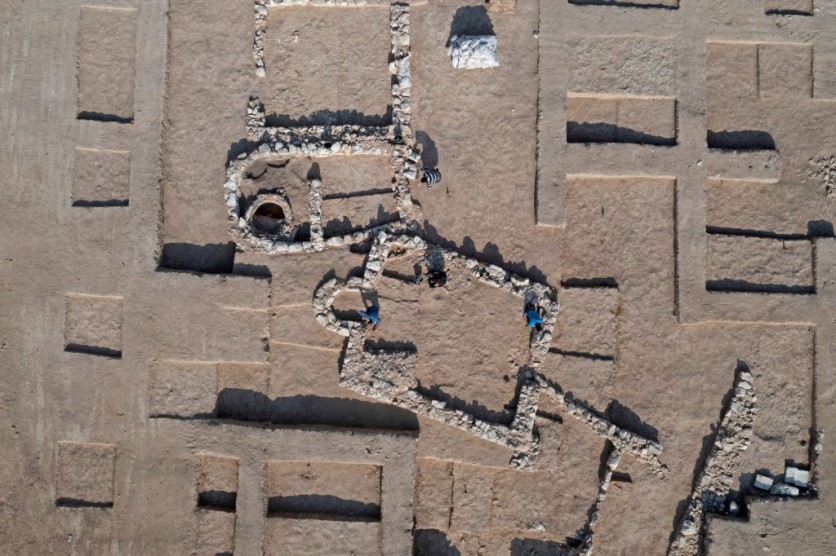At a Late Bronze Age burial site in central Israel, dating to roughly the 14th century B.C., researchers have found the oldest indication of opium use in ancient times, according to a report by LiveScience.
More than a half dozen 3,500-year-old clay vessels at the site, located in Tel Yehud, a region formerly known as Canaan, had residue of the narcotic, which is made from the poppy plant's seed capsules.
The pit tomb was found in 2012 during an excavation by archaeologists from the Israel Antiquities Authority and the Weizmann Institute of Science.
According to a study released on July 2 in the journal Archaeometry, scientists discovered the opium-laced pottery in 2017, along with the skeletal remains of a male who died between the ages of 40 and 50.

Discovering Opium in Jars and Juglets
Chemical analysis was used to examine 22 storage jars and juglets, and the results showed that eight of the ceramic containers had trace levels of the extremely addictive substance.
A few of the pieces that tested positive resembled the bulbous form of an upside-down poppy capsule.
The researchers deduced that some of the pottery was brought from the island of Cyprus, which is located west of Tel Yehud, based on the presence of clay bands on the long-necked vessels and other distinctive motifs associated with pottery from that place.
Opium poppies may have naturally grown and been domesticated by early Neolithic cultures in the Mediterranean region as early as the middle of the sixth millennium, according to a study published in Nature.
Vanessa Linares, a doctorate student at Tel Aviv University and the study's principal author, said that there was a 2017 theory that some of the jugs might have contained opium because they resembled poppies.
Linares added that this was the case with the opium they discovered in some vessels.
Read also : Oxford Archaeologists Discover Over 300 Ancient Hunting Sites from 8000 BCE in the Arabian Desert
Offering to the Gods
It's unknown why opium was included in this specific burial, but according to Linares, experts have many possibilities that are supported by historical records from other ancient civilizations throughout the world.
"According to the historical and written record, we see that Sumerian priests used opium to reach a higher state of spirituality, while the Egyptians reserved opium for warriors as well as priests, possibly using it not only to have a psychoactive effect but also for medicinal processes, since its main compound is morphine, which is used to help with pain," Linares said in a statement with LiveScience.
"Perhaps it was also there as an offering for the gods, and maybe they thought that the deceased would need it in the afterlife, I think we can make a lot of speculations and suggestions for why it was there."
This article is owned by Tech Times
Written by Joaquin Victor Tacla
ⓒ 2025 TECHTIMES.com All rights reserved. Do not reproduce without permission.




